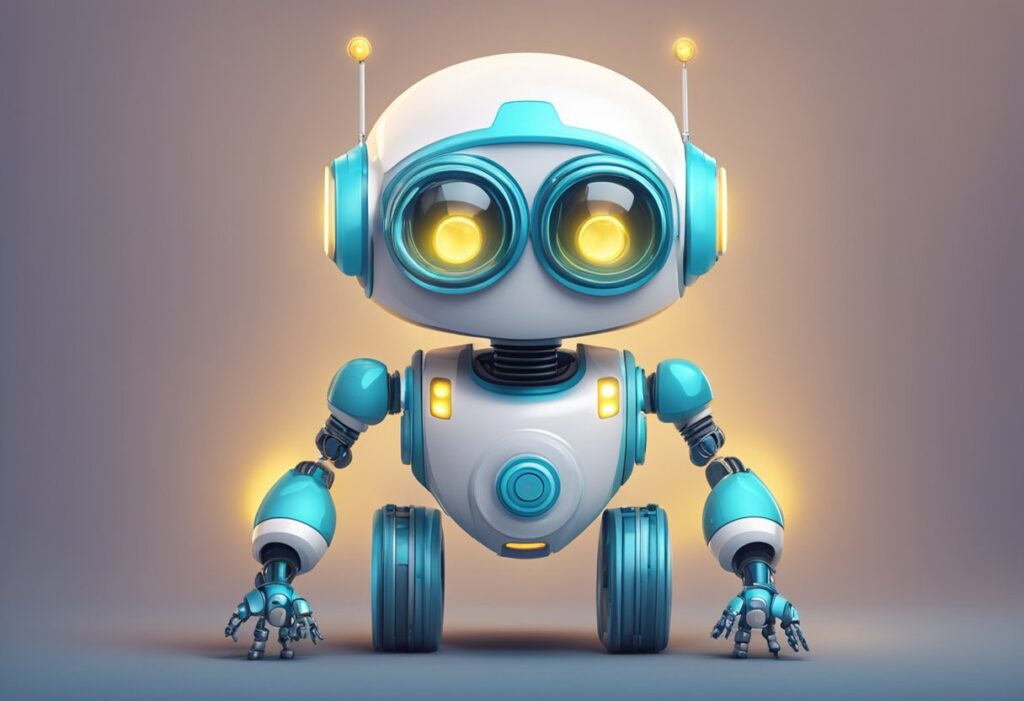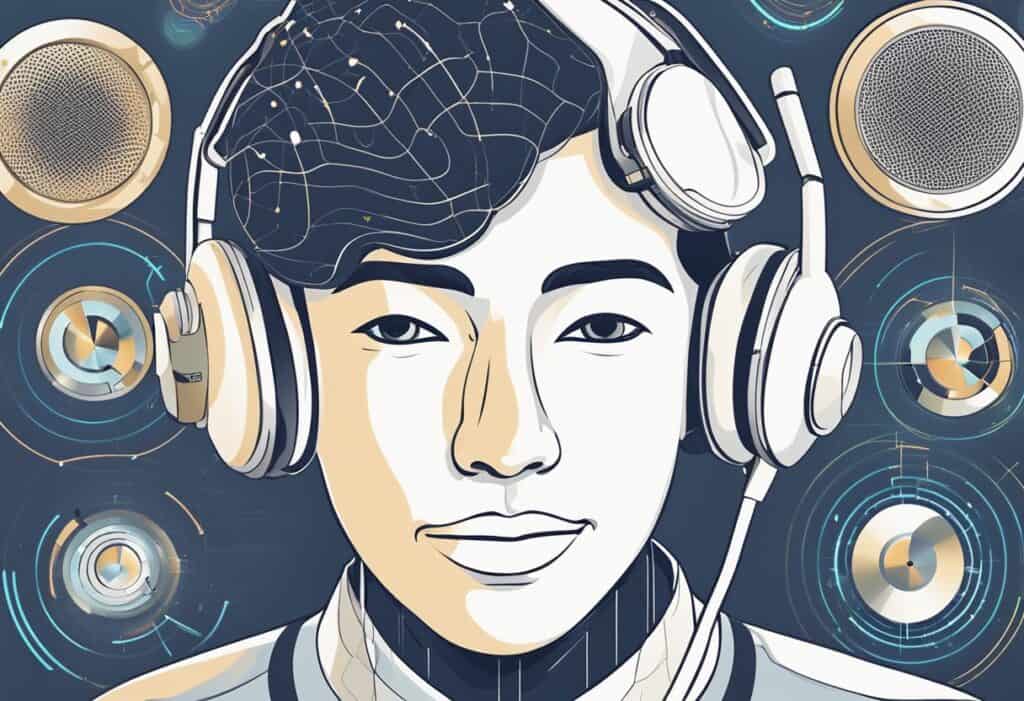
The integration of Artificial Intelligence (AI) and Blockchain technology is revolutionizing various industries, offering unprecedented improvements in security, transparency, and efficiency. This article delves into the synergy between these two transformative technologies, exploring their combined potential to reshape the digital landscape.
Understanding AI and Blockchain
What is AI?
AI involves the use of computers and algorithms to mimic human intelligence. It encompasses machine learning and deep learning, enabling systems to make decisions, predict outcomes, and automate complex tasks. AI improves efficiency by automating repetitive tasks and enhancing decision-making processes (IBM, 2024).
What is Blockchain?
Blockchain is a decentralized ledger technology that ensures data integrity through cryptographic techniques. It offers a transparent, immutable, and secure way to record transactions, fostering trust and accountability among participants in a network (IBM, 2024).
Exploring the Complementary Relationship
Enhancing Data Security and Integrity
AI enhances blockchain’s ability to ensure data security by identifying patterns and anomalies in transaction data, thereby detecting fraudulent activities. Blockchain’s immutable nature guarantees that once data is recorded, it cannot be altered, which enhances the reliability of AI’s data sources (MapMetrics, 2024).
Example: In financial transactions, AI can analyze data on the blockchain to identify unusual spending behaviors, improving fraud detection and prevention.
Improving Transparency and Trust
Blockchain’s transparency ensures that all participants can view the entire transaction history, promoting trust. AI adds an extra layer by providing insights into why certain decisions were made, addressing the challenge of explainable AI. This combination fosters greater trust in AI applications (Antematter, 2024).
Example: In supply chain management, blockchain ensures traceability of products, while AI optimizes logistics and predicts demand fluctuations, enhancing overall efficiency (Blockchain Council, 2024).
Applications Across Industries
Healthcare
The combination of AI and blockchain is transforming healthcare by ensuring the privacy and integrity of patient data. AI can analyze medical records to provide treatment insights, while blockchain ensures these records are tamper-proof and accessible only to authorized parties.
Example: BurstIQ uses blockchain to manage health data securely, enabling healthcare providers to access patient records and personalize care without compromising privacy (PixelPlex, 2024).
Finance
In the financial sector, AI and blockchain streamline processes and enhance security. Blockchain’s transparency and immutability ensure data integrity, while AI automates and optimizes financial transactions.
Example: AI can evaluate loan applications stored on a blockchain, speeding up the approval process and ensuring data accuracy (IBM, 2024).
Supply Chain Management
Blockchain and AI together provide transparency and efficiency in supply chain management. Blockchain tracks the journey of goods from origin to destination, while AI predicts supply chain disruptions and optimizes inventory management.
Example: Bext360 uses AI and blockchain to monitor the quality and traceability of products like coffee and seafood, ensuring ethical sourcing and reducing waste (PixelPlex, 2024).
Challenges of Integrating
High Computational Requirements
AI requires substantial computing power, which, when combined with blockchain’s decentralized infrastructure, can lead to scalability issues. Solutions like off-chain computation help alleviate this by handling complex AI tasks outside the main blockchain.
Example: AI model training can occur off-chain, with only the results recorded on the blockchain to maintain efficiency (MapMetrics, 2024).
Privacy and Data Protection
While blockchain ensures data immutability, it also poses challenges for data privacy. Balancing transparency with privacy is crucial, especially in sensitive domains like healthcare.
Example: Zero-Knowledge Proofs (ZKPs) allow transactions to be verified without revealing sensitive information, maintaining privacy while ensuring data integrity (PixelPlex, 2024).
Interoperability
Lack of standardization in AI and blockchain frameworks can hinder their integration. Establishing common protocols and standards is essential for seamless interoperability and scalability.
Future Potential
The synergy of this convergence technology holds immense potential for future innovations. As both technologies mature, they will offer more sophisticated solutions, transforming industries and enhancing our digital experiences.
Example: The integration of AI with blockchain in the metaverse will enable the creation of intelligent, interactive avatars, providing more immersive virtual experiences (PixelPlex, 2024).
Conclusion
The convergence is more than just a technological trend; it’s a transformative force reshaping various industries. By leveraging the strengths of both technologies, businesses can achieve greater transparency, security, and efficiency. As we continue to explore the potential of this powerful synergy, the future promises even more groundbreaking applications and innovations.





